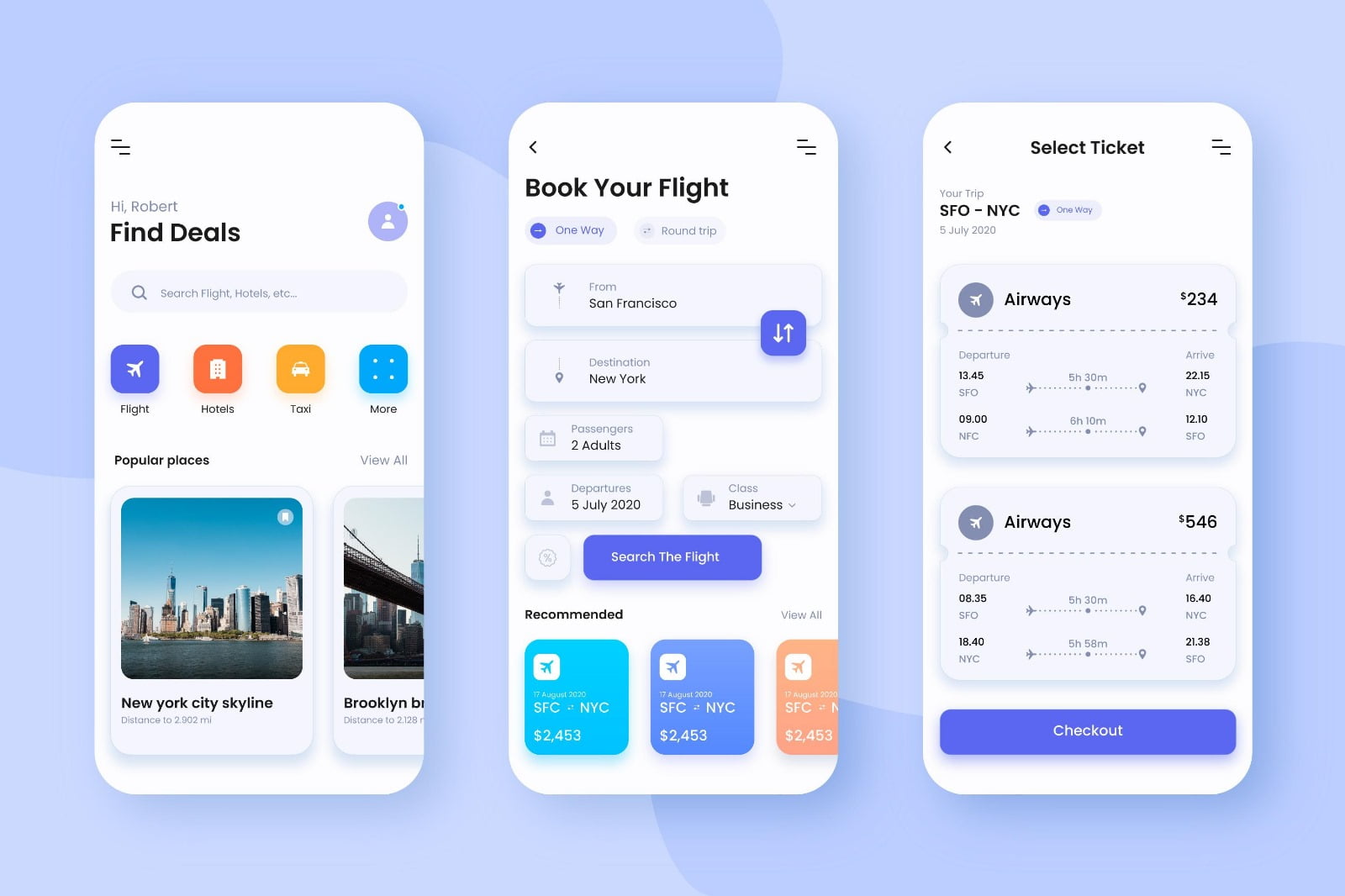Technology in web design, the digital devices we use have also diversified. Starting with a computer, the servo has developed so much that I can fit in our pockets. Cell phones have an importance that we can’t leave behind in every moment of our lives.
After the digital world began to fit into a device with this small screen, many issues became important. One of those issues that exists is how your website looks on the small screens of mobile phones.
Now users are starting to use their search engines more than their phones. That’s why you need to take care of what your sites look like on mobile devices and how your visitors spend their time on your site because of that appearance.
If your web design is not mobile-compatible, you will lose visitors. Because when your visitors enter your site, they will either not find what they’re looking for easily or they won’t find it at all.
So in this article, let’s talk about why website design needs to be mobile-compatible and how to do that.
What is a Mobile Compatible or Mobile Friendly Website?
Mobile-compatible or mobile-friendly websites can be defined as websites that have a design that can be properly displayed even on devices with a small screen, such as smartphones or medium-sized tablets.
Your website will be built with the help of a computer. Therefore, standard desktop websites need to be optimized for good display on mobile devices.
The optimized site can provide a screen size-compatible view on smaller displays without causing problems.
Features of the Mobile Compatible Website
If your website is mobile compatible, it can be said that your site has the following features:
• There are larger and easy-to-read texts.
• Mobile compatible navigation.
• The website contains touch buttons and page items.
• Has a faster download speed.

Why is a Mobile Compatible Website Important?
Mobile phones or medium-sized tablets are reaching more and more users. Because users can carry these devices with them at all times. Despite this, computers are often portable devices in extreme circumstances.
If you have to do business or study, we’d like to carry our big, heavy computers with us. In fact, tablets have become devices that we can take with us, even in these cases.
At the same time, users are using their search engines more than their mobile phones and tablets, and are searching for products or information.
Therefore, if your websites are not designed with a mobile-friendly design, users will find it difficult to find what they are looking for when they enter your site. This constraint will also cause you to exit your site and negatively affect your site’s SEO.
You need to make sure that your website is mobile-compatible to avoid all these negative situations.
Benefits of a Mobile-Compatible Website
As of 2015, Google began to follow a different strategy in ranking. This strategy was: Google highlighted websites that were mobile-compatible in mobile search results.
According to this strategy, if your site’s design is not mobile compatible, then if visitors to your site search for a product or information they could find on your site using mobile devices, your site will not be visible to those visitors.
One of the first advantages of your website being mobile-compatible is that it increases the number of visitors thanks to Google’s strategy. Because you can attract more visitors because your site will be displayed on both mobile and computer searches.
As your number of visitors increases, your brand awareness will also increase. This is another advantage of mobile-compatible websites.
Depending on all these advantages, you will also improve your user experience. Because even on small screens, your site will make it easy for your visitors to constantly prefer your site.
Google will, of course, prefer such a popular site, and it will raise your site’s rankings.
What Does Building a Mobile Compatible Website Cover?
The more important it is for websites to be mobile-compatible, the more difficult it is to ensure that they are compatible. Unfortunately, a single click does not make websites mobile-compatible.
However, if your site is well-designed and well-encoded, it will be easier to make your website mobile-compatible. Otherwise, your site may need to undergo a more important compatibility study.
Two methods are often used to make websites mobile-compatible. One is to re-design a mobile-friendly site, and the other is to develop your website to use “sensitive design.”
In some cases, even if it makes more sense to design a separate mobile-compatible site, using sensitive design is becoming more and more concentrated. When you design a single website with a sensitive design, your site, whether it’s a tablet or a mobile phone, will get the screen size of that device on any device.
In this article, we explained why websites should be mobile-compatible. If you want a website that looks good on any device, contact our experienced web design team to enhance your digital power with WeaSocial!
